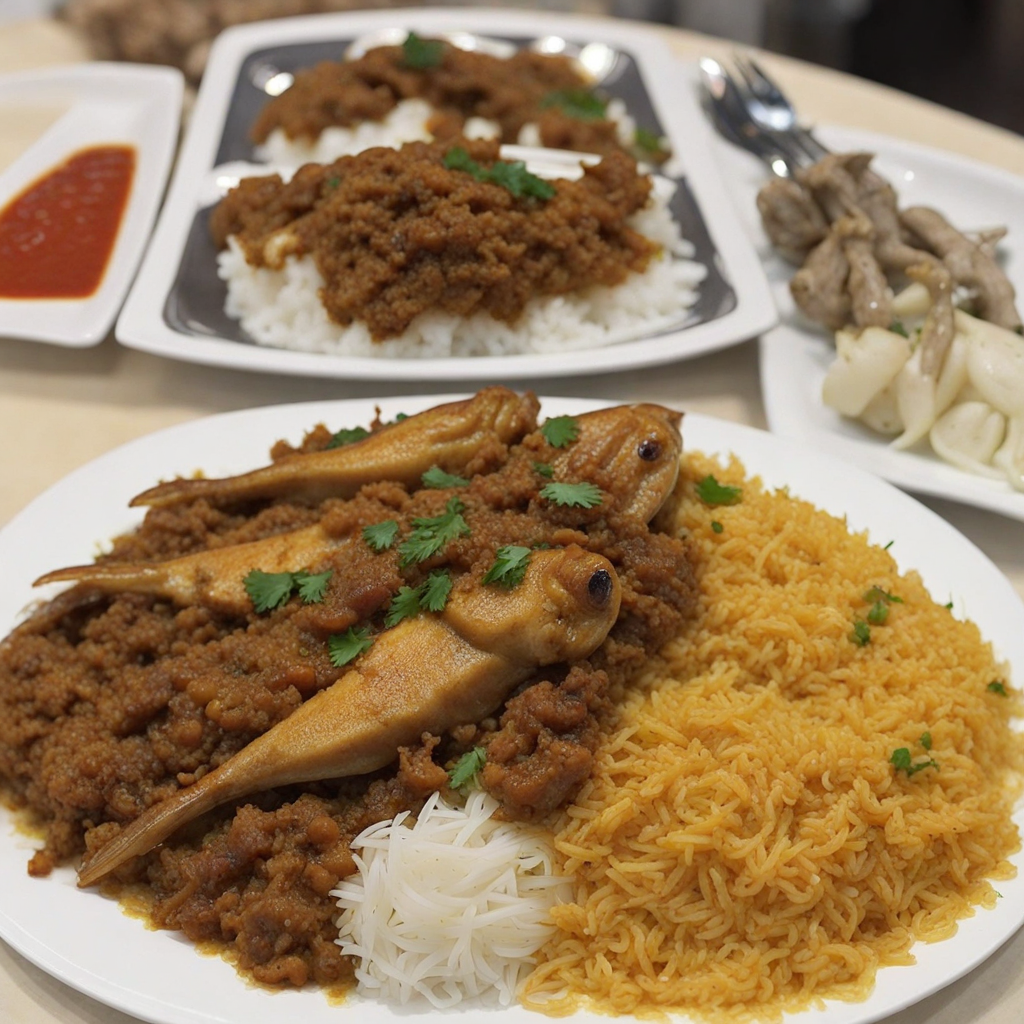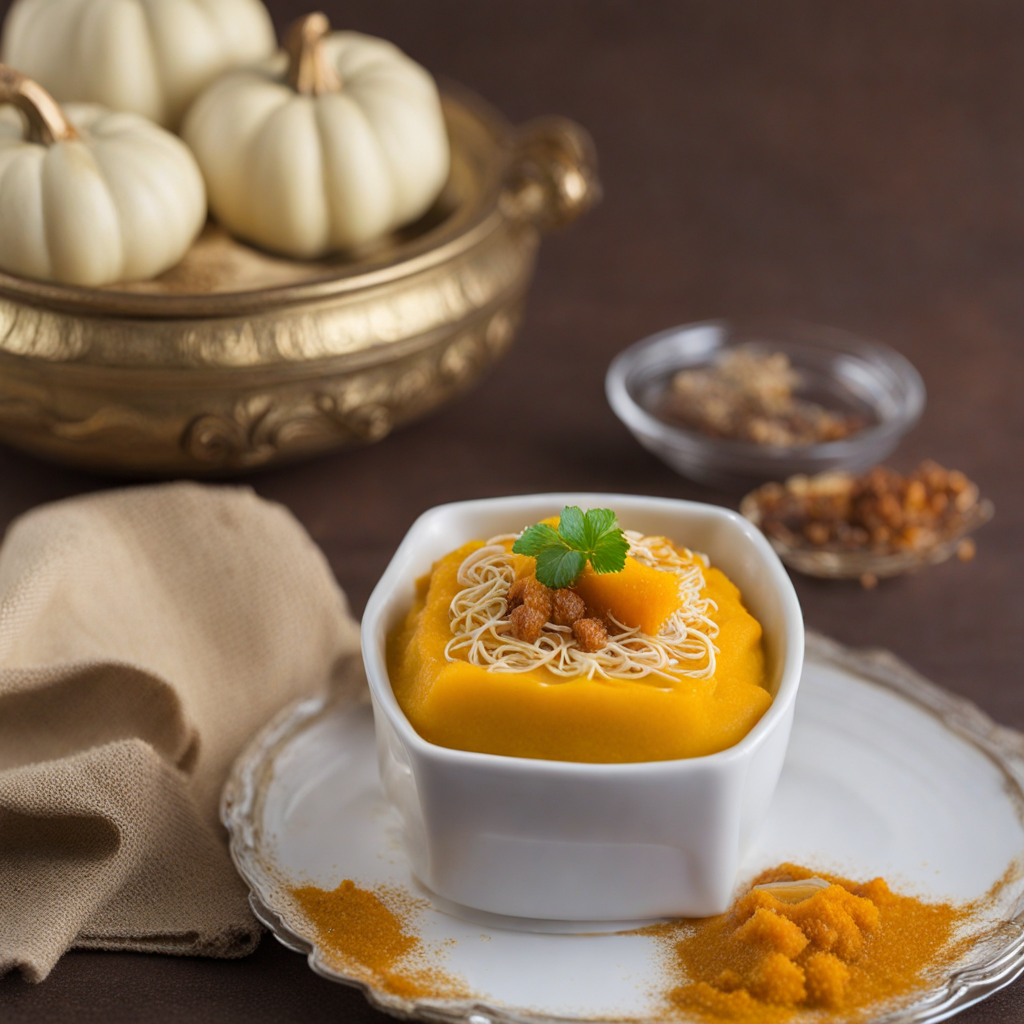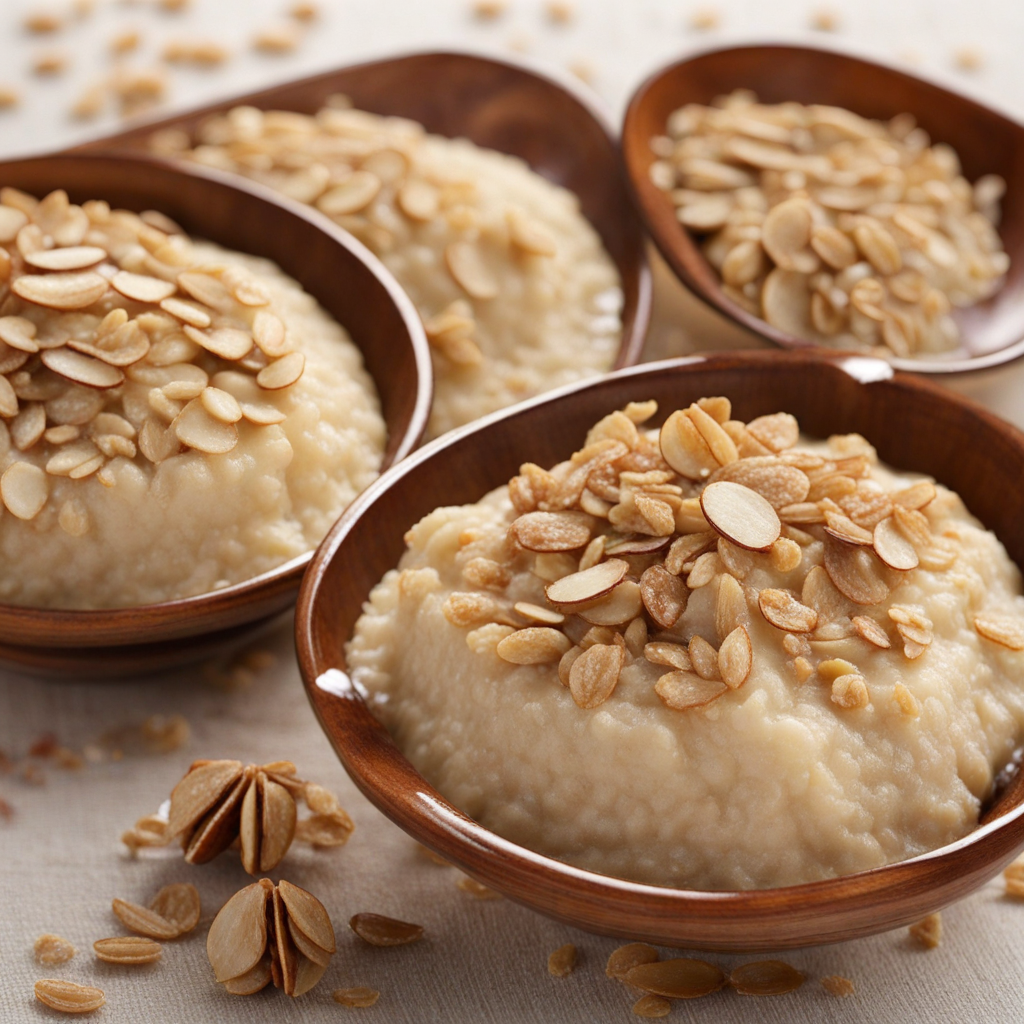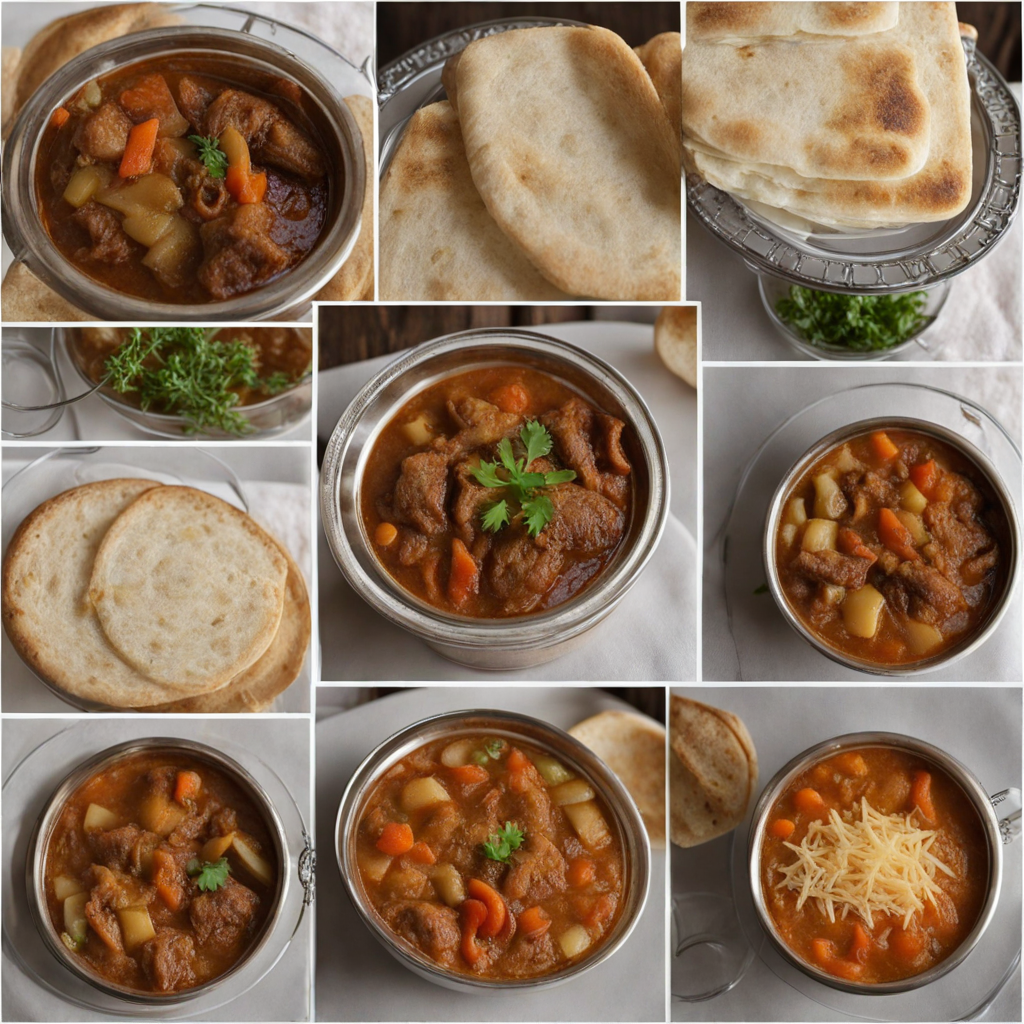Jesheed
Jesheed is a traditional Emirati dish that showcases the rich culinary heritage of the United Arab Emirates. This mouthwatering dish primarily consists of tender pieces of fish, typically local varieties such as hamour or sheri, that are simmered to perfection with a blend of aromatic spices. The fish is often marinated in a mixture of salt, turmeric, and other spices, which infuses it with a depth of flavor that reflects the region's love for bold tastes. The preparation involves slow-cooking the fish with tomatoes, onions, and green chili peppers, creating a dish that is both hearty and fragrant, with a beautiful color palette that is visually appealing. What sets Jesheed apart is its unique cooking method, which often involves using dried fish that has been soaked to restore its moisture before cooking. This technique gives the dish a distinctive texture and flavor, while the spices work to enhance the natural taste of the fish. Traditionally served with rice or flatbread, Jesheed is often accompanied by a side of tangy lemon or a spicy dipping sauce, making each bite a delightful explosion of flavors. The dish not only embodies the essence of Emirati cuisine but also brings a sense of community and tradition, often enjoyed during family gatherings and special occasions. Enjoying Jesheed is more than just a meal; it's an experience that invites you to savor the rich history and culture of the UAE. The balance of spices, the freshness of the fish, and the comforting warmth of the dish come together to create a symphony of flavors that is both satisfying and memorable. Whether you're a seasoned foodie or someone looking to explore new tastes, Jesheed offers a unique glimpse into the culinary traditions of the United Arab Emirates that is sure to leave a lasting impression.
How It Became This Dish
The Culinary Journey of جشيد (Jashid) in the United Arab Emirates Origin and Historical Context Jashid, a traditional dish from the United Arab Emirates (UAE), serves as a culinary emblem of the region's rich history and cultural tapestry. Its origins can be traced back to the Bedouin tribes who inhabited the Arabian Peninsula, where the harsh desert climate dictated the types of food that could be prepared and preserved. The nomadic lifestyle of these tribes necessitated a reliance on readily available ingredients, particularly grains, dairy, and meat, which would later inform the recipes and techniques that characterize Jashid. Traditionally, Jashid is made from coarsely ground wheat or barley, which is mixed with water and then boiled to create a thick porridge. The dish can also incorporate a variety of spices, and in some versions, it is enriched with meat—often lamb or chicken—and flavored with ingredients such as cardamom or cumin. The simplicity of its ingredients reflects the resourcefulness of the Bedouins, who adapted their cooking methods based on the climate and available resources. Cultural Significance In the UAE, Jashid is more than just a meal; it embodies the spirit of hospitality and community that is central to Emirati culture. Traditionally, Jashid is served during special occasions and gatherings, such as weddings, Eid celebrations, and family feasts. It symbolizes generosity, as it is often prepared in large quantities to feed many guests, reinforcing the cultural value of sharing and togetherness. The dish is also tied to the region's agricultural heritage. The cultivation of wheat and barley has been integral to the life of the Emirati people, as these grains were among the first crops to be cultivated in the region. The preparation of Jashid allows for the celebration of this agrarian history, linking the present to the past through culinary practices. Moreover, Jashid plays a role in the preservation of Emirati identity. As the UAE rapidly modernizes and global culinary influences permeate its society, traditional dishes like Jashid serve as a reminder of the country's roots and cultural heritage. In recent years, there has been a renewed interest in traditional Emirati cuisine, with initiatives aimed at documenting and promoting dishes like Jashid as a means of fostering national pride and cultural continuity. Development Over Time The evolution of Jashid is a reflection of broader changes in Emirati society. While the basic recipe has remained relatively unchanged, variations have emerged based on regional preferences and the availability of ingredients. In urban centers such as Dubai and Abu Dhabi, Jashid is often infused with contemporary twists, incorporating modern cooking techniques and diverse ingredients influenced by the multicultural makeup of the population. In traditional settings, Jashid was often prepared over an open flame, using clay pots or traditional cooking vessels known as "tannour." These methods imparted a distinct flavor to the dish that cannot be replicated in modern kitchens. However, with the advent of technology and the rise of urban living, many families have adapted their cooking practices, utilizing electric stoves and pressure cookers to save time while still striving to maintain the essence of the dish. The introduction of new spices and flavors has also led to a diversification of Jashid recipes. While the classic version remains popular, chefs and home cooks are experimenting with ingredients like saffron, dried fruits, and nuts to elevate the dish. This innovation not only caters to changing palates but also reflects the UAE's position as a culinary crossroads, where traditional and contemporary influences coexist. Despite these changes, the communal aspect of Jashid remains a vital component of its preparation and consumption. Families often gather to prepare the dish together, reinforcing bonds and creating a sense of shared purpose. The act of serving Jashid to guests is a gesture of hospitality, embodying the cultural norms that prioritize generosity and warmth in social interactions. Jashid Today In contemporary UAE, Jashid continues to be a beloved dish, celebrated for its comforting qualities and cultural significance. Various food festivals and culinary events showcase traditional Emirati cuisine, providing a platform for Jashid and other dishes to be highlighted. These events not only promote traditional foods but also foster a sense of community among Emiratis and expatriates alike, encouraging dialogue about cultural heritage and culinary practices. As educational initiatives aimed at preserving Emirati culture gain traction, Jashid is increasingly featured in cooking classes and workshops, where younger generations can learn about their culinary heritage. This hands-on approach fosters an appreciation for traditional dishes while ensuring that the skills and knowledge surrounding their preparation are passed down. Moreover, the rise of social media has provided a new avenue for the promotion of Jashid. Food bloggers and influencers often share their versions of the dish, complete with visually appealing photographs and personal stories, helping to introduce Jashid to a broader audience. This digital presence not only reinforces the dish's cultural relevance but also invites people from various backgrounds to engage with Emirati culinary traditions. Conclusion Jashid stands as a testament to the enduring nature of traditional food practices in the UAE. Rooted in the region's history and shaped by the cultural values of hospitality and community, this dish has adapted over time while retaining its essence. As the UAE continues to evolve, Jashid serves as a culinary anchor, connecting the past to the present and reaffirming the importance of preserving cultural heritage in an increasingly globalized world. Through its rich flavors and communal significance, Jashid not only nourishes the body but also fosters a sense of identity and belonging among those who partake in its consumption.
You may like
Discover local flavors from United Arab Emirates







